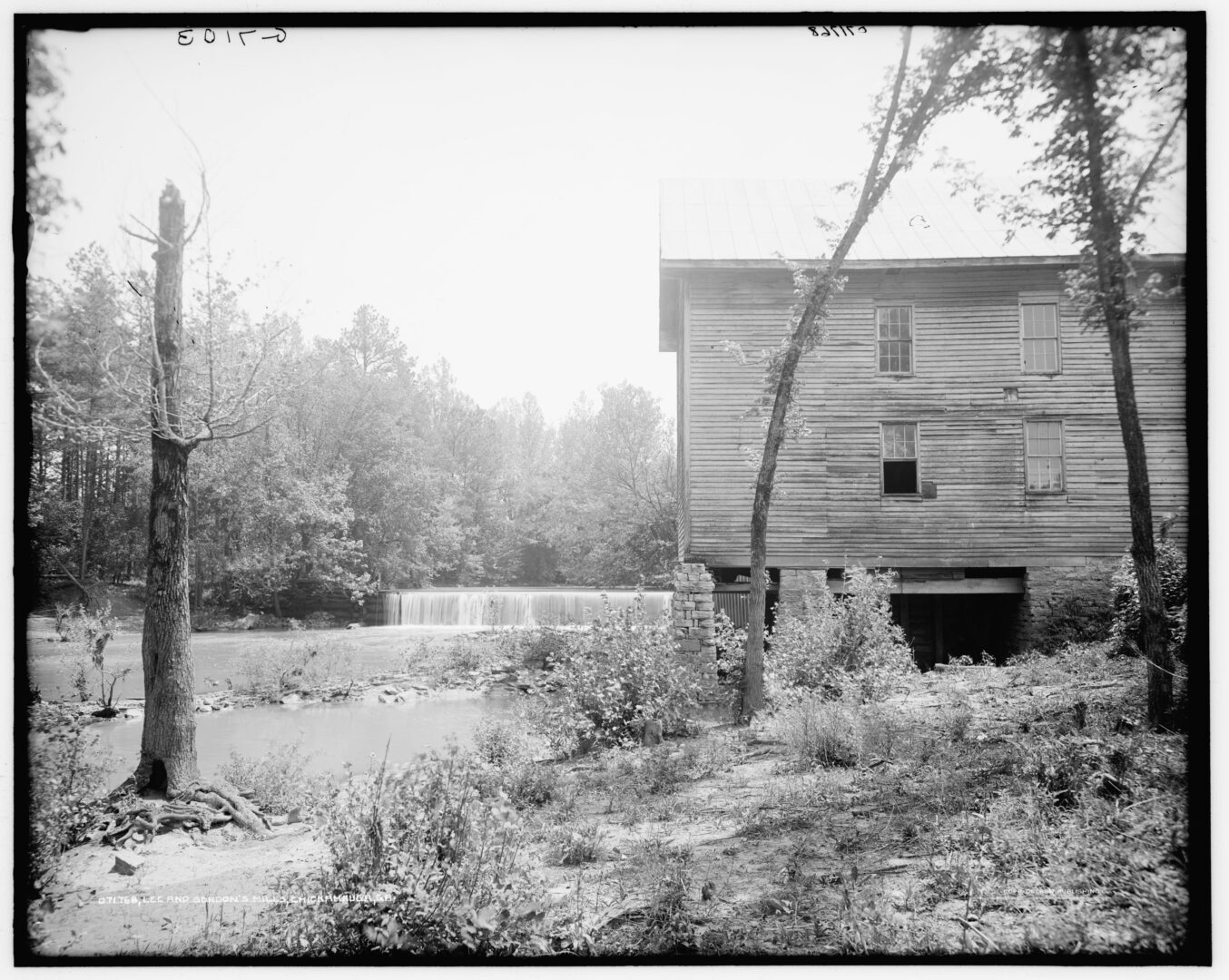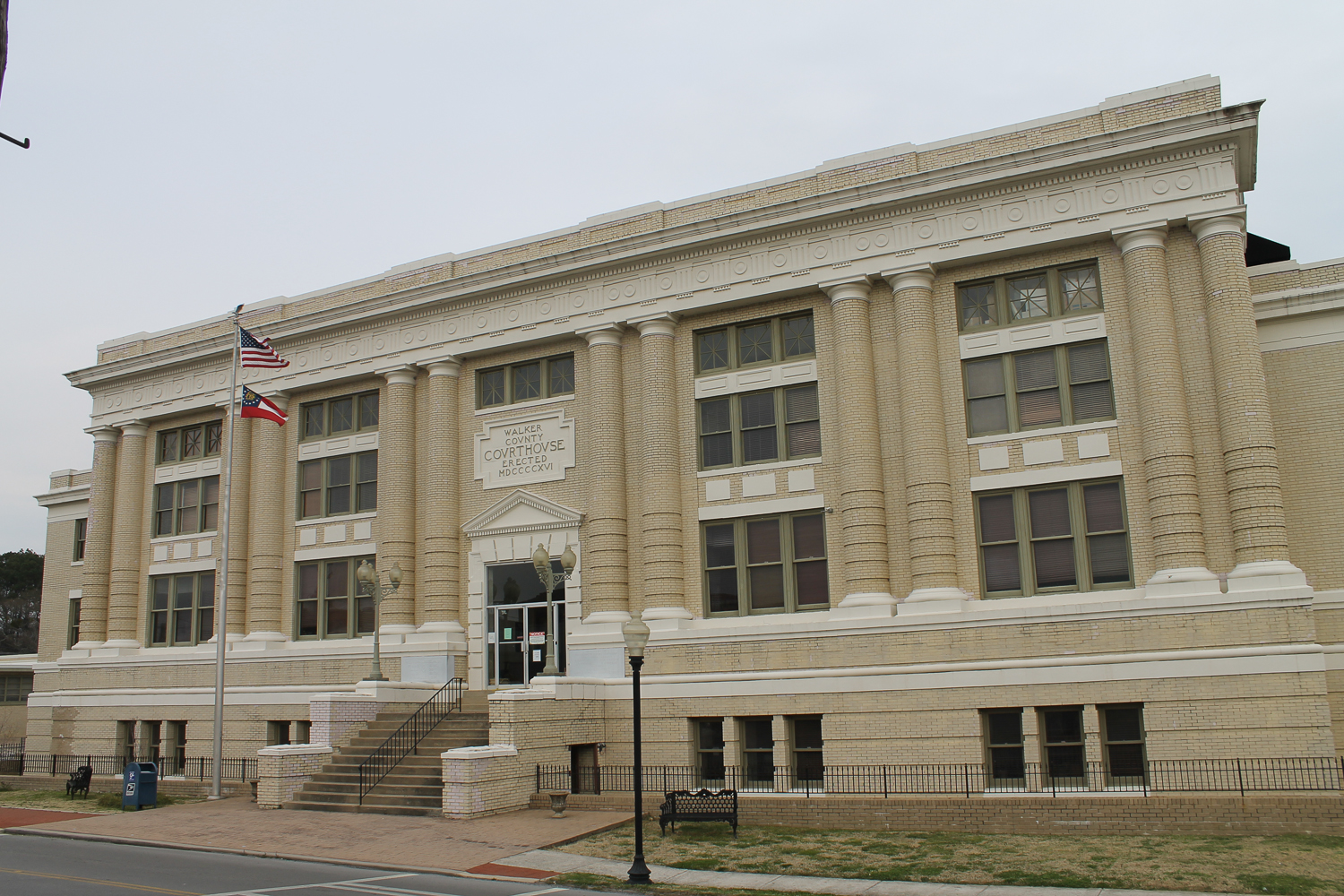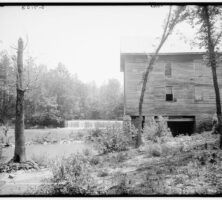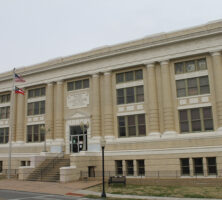Walker County, in northwest Georgia, is the state’s ninetieth county and comprises 447 square miles. Its northern border is shared with Tennessee.
The county was created in 1833 from Murray County and named after Major Freeman Walker, an Augusta lawyer and U.S. senator. In later years Dade (1837), Chattooga (1838), and Catoosa (1853) counties were each formed from parts of Walker County. In 1859 land from Walker was transferred to Whitfield County.
History
The area’s first inhabitants were part of the late Archaic and Woodland cultures, followed by Creek and Cherokee Indians. When gold was discovered in north Georgia in 1829, bringing in thousands of fortune hunters, the newcomers, backed by federal and state authorities, used force to dispossess the Cherokees of their land. The land now making up Walker County includes parcels distributed to whites in 1832 during the Cherokee land lottery. Early white settlers, primarily farmers from Virginia and the Carolinas, came to the region for its rich agricultural land. Most of the pioneers were poor people seeking their first homesteads, although some were well off enough to purchase enslaved laborers.

The county seat is LaFayette, incorporated in 1835 as Chattooga. A year later the name was changed to honor the Marquis de Lafayette. An early courthouse may have been the Cherokee-built former council house in Crawfish Spring (later named Chickamauga). Another courthouse, built in 1838, burned down in 1883 and was replaced that year by a new structure. The present courthouse was built in 1919 and added to the National Register of Historic Places in 1980. Other incorporated towns in the county are Chickamauga, incorporated in 1891; Lookout Mountain, incorporated in 1968; and Rossville, established in 1817 and incorporated in 1905. The towns were originally part of Indian communities: Crawfish Spring was named for Chief Crawfish, who lived there, and Rossville was established by John Ross, who was the town’s first postmaster.
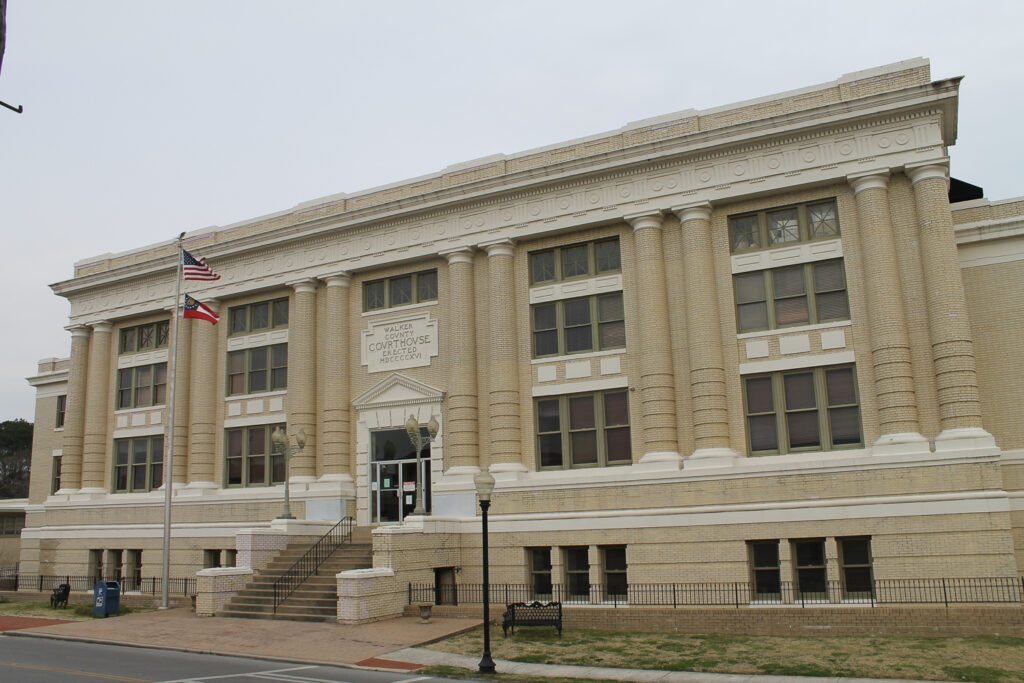
Walker County was the scene of battle during several major American conflicts. In 1778, during the Revolutionary War (1775-83), colonial troops fought successfully against the local Chickamauga Indians, who were allied with the British. During the War of 1812 (1812-15), the Battle of Horseshoe Bend was fought between Upper Creeks allied with the English and Andrew Jackson, who was supported by 500 local Cherokee troops, several thousand U.S. regulars, members of the Tennessee militia, and some Lower Creek Indians. Later in the century, general sentiment in Walker County was against seceding from the Union, and its representatives to the Georgia Secession Convention of 1861 voted against it. When the Civil War (1861-65) began, however, a large number of county men volunteered for the Confederate army and fought heartily for the Southern cause. The Battle of Chickamauga, the bloodiest battle of the war, was fought in Walker County in 1863, the Battle of LaFayette took place in 1864, and numerous skirmishes occurred throughout the war. The county is rife with historical markers denoting the movements of troops.
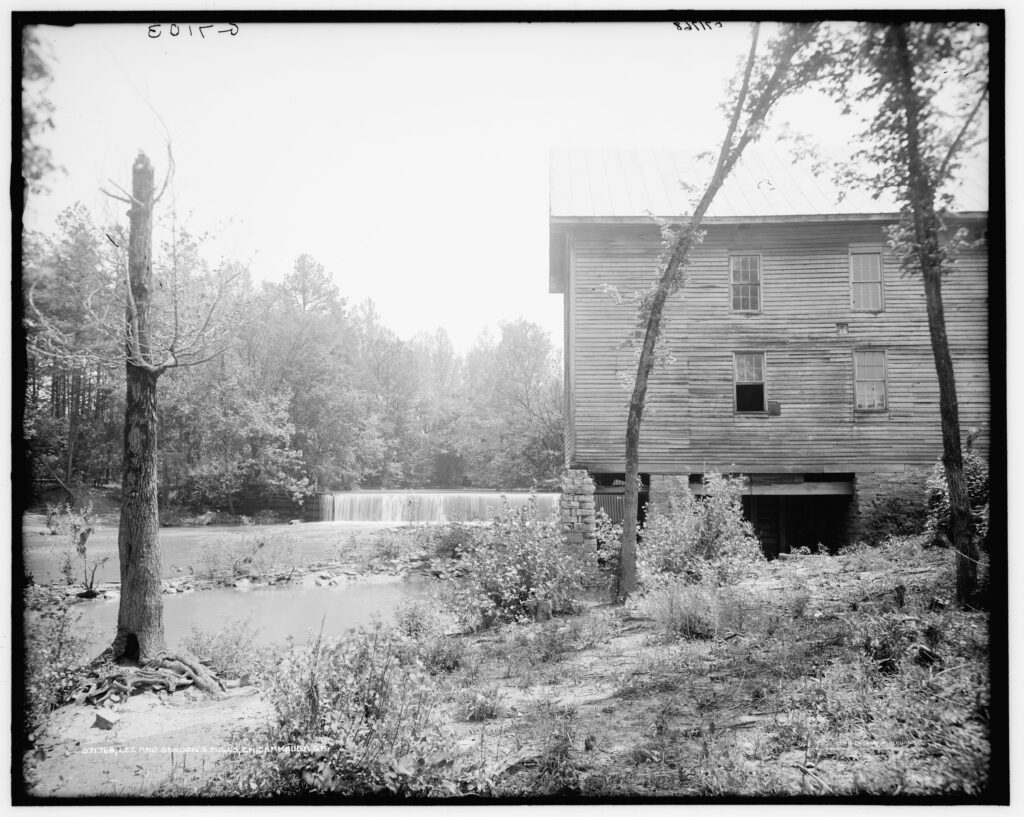
In 1850 approximately 13,100 people lived in Walker County. After the Civil War, life became so difficult that people began to leave in large numbers, many resettling west of the Mississippi River. The population did not reach 1850 levels again until 1890.
Economy and Attractions
During the twentieth century, textiles and tourism supplemented farming as primary economic mainstays for Walker County. Today manufacturing is the largest employment sector, and one of the largest employers is Shaw Industries, the world’s largest carpet manufacturer.
Perhaps the best-known attraction in the county is Lookout Mountain. Shared with Tennessee and Alabama, Lookout Mountain offers miles of scenic views, opportunities for hang gliders and spelunkers, and a variety of tourist attractions, including Rock City, where natural rock formations and caves have been supplemented with man-made attractions. Garnet Carter, the inventor of miniature golf and a cofounder of the Rock City tourist attraction, lived on Lookout Mountain. Other points of interest include the Chickamauga and Chattanooga National Military Park; John B. Gordon Hall (formerly Chattooga Academy; named for Civil War general John B. Gordon), the oldest extant brick school building in Georgia, completed in 1836; the John Ross House, a two-story log house built in 1797; and Lee and Gordon’s Mills, a saw- and gristmill built in the 1830s and rebuilt just after the Civil War.
Educational institutions include Covenant College, a four-year liberal arts college (also offering a master’s degree in education) affiliated with the Presbyterian Church in America and located on top of Lookout Mountain, and a campus of Georgia Northwestern Technical College, located in the Rock Spring community.
According to the 2020 U.S. census, the population was 67,654.






